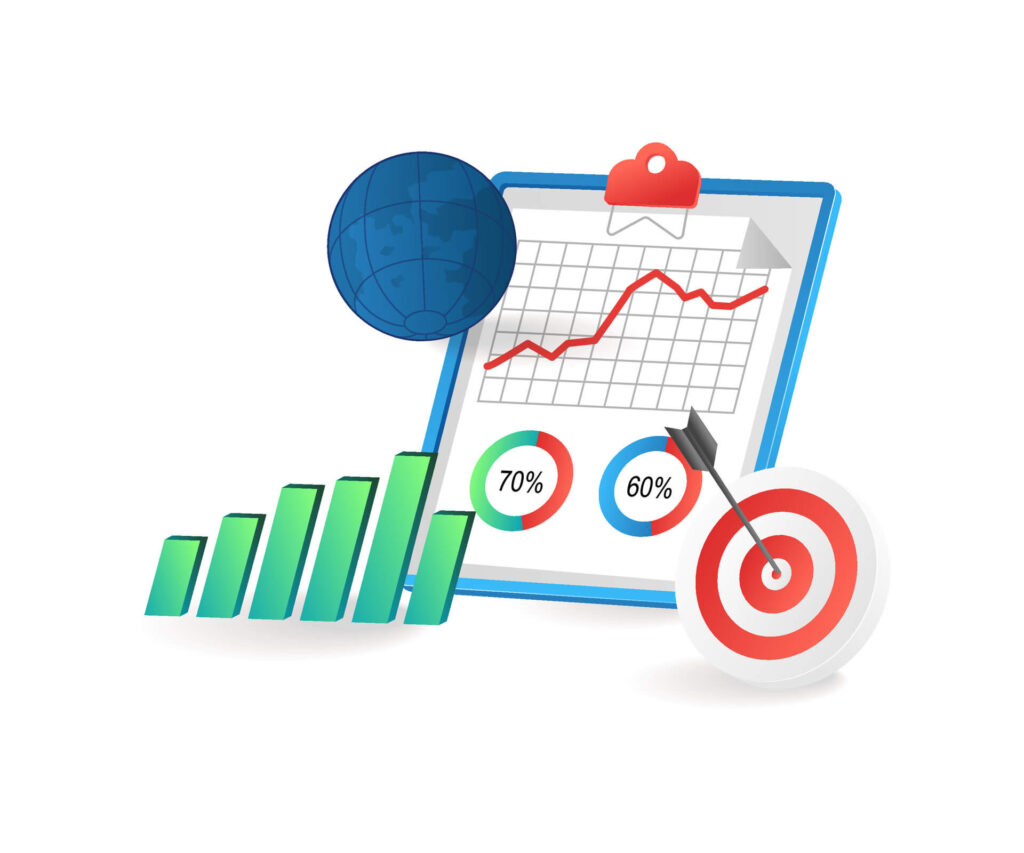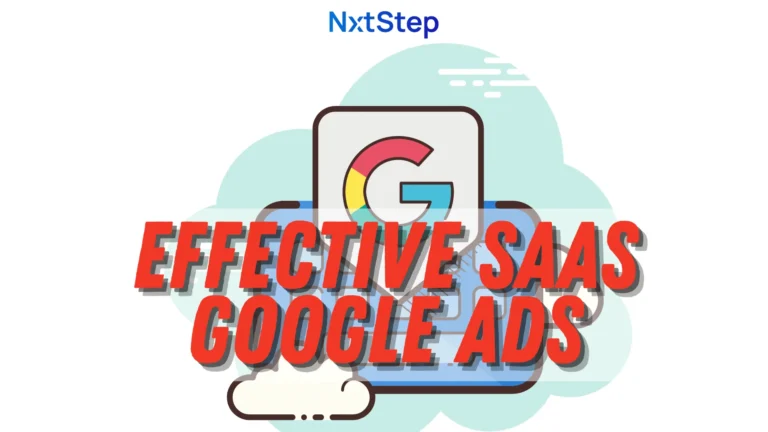In today’s competitive business landscape, having a strong product strategy for your B2B SaaS is crucial for the success of any organization. A well-defined product strategy serves as the roadmap that guides your team towards achieving your business goals and satisfying customer needs. In this comprehensive guide, we will explore the key elements and steps involved in building a winning product strategy.
What is a Product Strategy?
A product strategy is a high-level plan that outlines the vision, goals, and direction for the development and marketing of your B2B SaaS product. It serves as a guiding framework that aligns the efforts of various teams and stakeholders towards a common goal. A well-crafted product strategy helps define the unique value proposition of a product, identifies target customers, and sets a clear path for achieving product success in any market.
Why is a Product Strategy Important?
A well-defined product strategy is essential for several reasons:
- Focus and Alignment: A product strategy provides clarity and direction to the entire organization. It ensures that all teams and stakeholders are aligned with the overall vision and goals of the product.
- Customer-Centric Approach: A product strategy helps organizations understand their target customers’ needs, pain points, and expectations. By focusing on customer-centricity, companies can develop products that truly address customer needs and deliver value.
- Competitive Advantage: A strong product strategy allows organizations to differentiate themselves from competitors. By identifying unique selling points and positioning their product effectively, companies can gain a competitive edge in the market.
- Resource Optimization: A product strategy helps prioritize resources and investments. By focusing on the most important features and initiatives, organizations can optimize their efforts and allocate resources effectively.
Key Elements of a Winning Product Strategy
Building a winning product strategy involves considering several key elements. Let’s explore each of these elements in detail:
Define Your Product Vision
A strong product vision is the foundation of a successful B2B SaaS product strategy. It defines the long-term goal and purpose of your product. Your product vision should answer the question: “Why does your product exist and how does it improve the lives of your target customers?” A clear and compelling product vision acts as a guiding light for your team and helps align everyone towards a common goal.

When defining your product vision, consider the following:
- What problem does your product solve?
- How does your product improve the lives of your target customers?
- What makes your product unique and different from competitors?
- What impact do you want your product to have in the market?
By articulating a strong product vision, you can inspire your team and stakeholders and create a shared sense of purpose.
Understand Your Target Customers
To build a successful product strategy, you need to have a deep understanding of your target customers. Conduct thorough customer research to identify their needs, pain points, and preferences. This research should include both quantitative and qualitative data, such as surveys, interviews, and data analytics.

Consider the following questions when understanding your target customers:
- What are their goals and aspirations?
- What challenges do they face in their daily lives or work?
- How do they currently address these challenges?
- What are their preferences and expectations when it comes to similar products?
- What factors influence their purchasing decisions?
By gaining a comprehensive understanding of your target customers, you can tailor your product strategy to meet their needs effectively.
Analyze the Market and Competitors
Market analysis and competitor analysis are crucial steps in building a winning product strategy. By understanding the market landscape and your competitors, you can identify opportunities, spot gaps in the market, and differentiate your product effectively.

When analyzing the market and competitors, consider the following:
- Who are your main competitors?
- What are their strengths and weaknesses?
- How do they position themselves in the market?
- Are there any gaps or unmet needs in the market that your product can address?
- What market trends and changes should you be aware of?
By conducting thorough market and competitor analysis, you can identify unique value propositions and positioning strategies for your product.
Set Clear Product Objectives and Goals
Once you have a clear understanding of your target customers and the market, it’s important to define clear product objectives and goals. These objectives should be specific, measurable, achievable, relevant, and time-bound (SMART). Setting clear objectives helps keep your team focused and provides a benchmark for measuring success.

Consider the following when setting product objectives and goals:
- What specific outcomes do you want to achieve with your product?
- How will you measure success?
- What are the key performance indicators (KPIs) that will track your progress?
By setting clear objectives and goals, you can align your team’s efforts and measure the impact of your product strategy.
Develop a Product Roadmap
A product roadmap is a visual representation of your product strategy. It outlines the key features, initiatives, and timeline for the development and release of your product. A well-designed roadmap helps communicate your product strategy to stakeholders and provides a clear plan for execution.

When developing a product roadmap, consider the following:
- What are the key features and initiatives that align with your product strategy?
- How do these features and initiatives fit into the overall timeline?
- What are the dependencies between different features or initiatives?
- How will you prioritize and sequence the development and release of these features?
By creating a comprehensive product roadmap, you can ensure that your product development efforts are aligned with your strategy and effectively communicate your plans to stakeholders.
Gather User Feedback and Validation
Throughout the product development process, it’s important to gather user feedback and validate your assumptions. User feedback provides valuable insights into how your product is being used and how it can be improved. Validation helps ensure that your product strategy is on the right track and resonates with your target customers.

Consider the following methods for gathering user feedback and validation:
- Conduct user interviews and surveys to understand user needs and preferences.
- Test prototypes and minimum viable products (MVPs) with real users to gather feedback.
- Analyze user behavior and engagement data to identify areas for improvement.
By continuously gathering user feedback and validating your product strategy, you can make informed decisions and iterate on your product effectively.
Continuously Monitor and Adapt
Building a winning product strategy is an ongoing process. It’s important to continuously monitor the market, track key performance indicators (KPIs), and adapt your strategy as needed. Regularly reassess your product strategy based on user feedback, market dynamics, and emerging trends.

Consider the following when monitoring and adapting your product strategy:
- Regularly review and update your product roadmap based on changing priorities and market conditions.
- Monitor key performance indicators (KPIs) to measure the success of your product strategy.
- Stay informed about industry trends and competitor developments to identify new opportunities or threats.
By continuously monitoring and adapting your product strategy, you can stay agile and responsive to evolving market needs.
Foster Cross-Functional Collaboration
Successful product strategies require cross-functional collaboration and alignment. Foster collaboration between product management, engineering, marketing, sales, and other relevant teams. Ensure that everyone has a clear understanding of the product strategy and their roles in achieving the goals.

Consider the following when fostering cross-functional collaboration:
- Regularly communicate the product strategy to all stakeholders and teams.
- Encourage open and transparent communication between teams.
- Provide opportunities for cross-functional collaboration and knowledge sharing.
By fostering cross-functional collaboration, you can harness the collective expertise and efforts of your teams, leading to more successful product outcomes.
Iterate and Improve
A winning product strategy is not set in stone. It requires continuous iteration and improvement based on user feedback, market dynamics, and changing business goals. Embrace a culture of experimentation and learning, and be open to making adjustments to your strategy when necessary.

Consider the following when iterating and improving your product strategy:
- Regularly review and analyze user feedback to identify areas for improvement.
- Stay informed about emerging technologies and industry trends that may impact your product strategy.
- Conduct regular retrospectives and post-mortems to learn from both successes and failures.
By embracing an iterative approach and continuously improving your product strategy, you can stay ahead of the competition and deliver ongoing value to your customers.
Measure and Communicate Success
Measuring the success of your product strategy is crucial for evaluating its effectiveness and communicating the impact to stakeholders. Define key performance indicators (KPIs) that align with your objectives and regularly track and report on these metrics.

Consider the following when measuring and communicating the success of your product strategy:
- Define clear KPIs that align with your product objectives and goals.
- Regularly track and analyze these KPIs to measure progress.
- Communicate the impact of your product strategy to stakeholders through regular updates and reports.
By measuring and communicating the success of your product strategy, you can demonstrate the value and impact of your product to stakeholders.
For more insight into this topic, read my related article on metrics to measure for your B2B SaaS business.
Embrace a Culture of Innovation
Building a winning product strategy requires a culture of innovation and continuous improvement. Encourage creativity, experimentation, and a growth mindset within your team. Foster an environment where new ideas are welcomed, and failure is seen as an opportunity for learning and improvement.

Consider the following when embracing a culture of innovation:
- Encourage team members to explore new ideas and take calculated risks.
- Provide resources and support for experimentation and prototyping.
- Celebrate and recognize both successes and failures as learning opportunities.
By embracing a culture of innovation, you can foster a dynamic and adaptive team that drives successful product outcomes.
Conclusion
Building a winning product strategy is a foundational step towards achieving business success. By considering the key elements and following the steps outlined in this guide, you can develop a product strategy that aligns with your business goals, addresses customer needs, and sets you apart from the competition. Remember to continuously monitor, adapt, and iterate on your strategy as you gather user feedback and market insights. With a well-defined and agile product strategy, you can drive innovation, deliver value to your customers, and achieve sustainable growth in the ever-evolving business landscape.
If your organization could use help designing or shaping an effective product strategy for your B2B SaaS or software product, book a free product strategy consultation with me so I can learn more about how I may be able to help.
Frequently Asked Questions
What is product strategy?
A product strategy is a high-level plan that outlines the vision, goals, and direction for the development and marketing of your product.
What is SaaS product strategy?
A product strategy is a high-level plan that outlines the vision, goals, and direction for the development and marketing of your B2B SaaS product.
Why is a product strategy important?
Without a product strategy it will be difficult to succeed. You will be missing a vision and clear goals that should be achieved to enable your product to be successful. When your product strategy is clear, your team will be able to make better progress against your goals which increase the probability of achieving success for your product.
How do you create a product strategy?
Start by defining the vision for your product. Layer on elements like the problem you solve, who you are building for, the value your product should provide and the goals you’d like to achieve. Leverage this product strategy to rally your team in the direction of achieving the goals set for your product.


